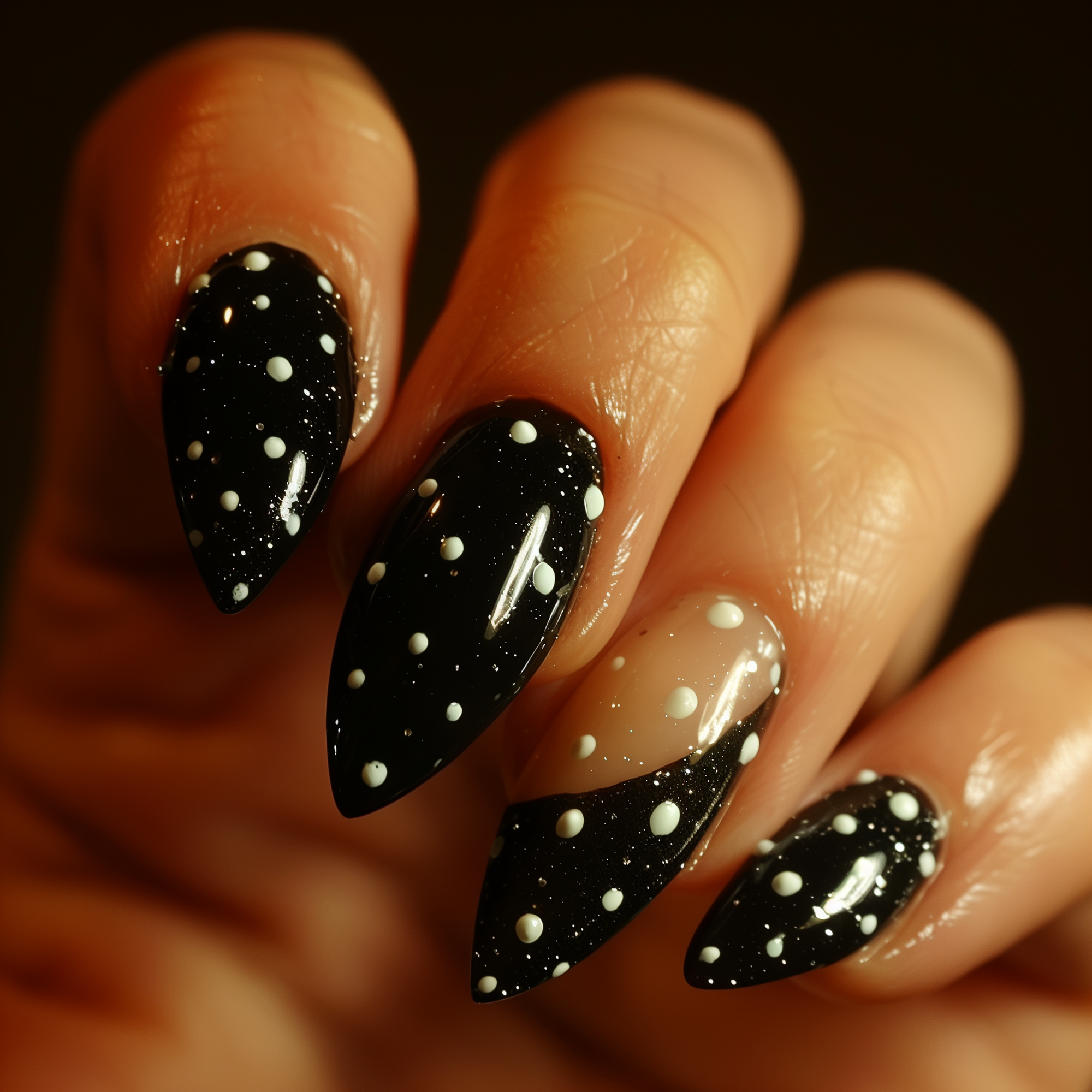
- 60, 80, 100 are typically used by professional manicurist to shape artificial nails. These grits remove a lot of material with each stroke. There are those that have found 100 grit to be useful for natural nails as well. If you have thick hard nails or need to remove a lot of nail quickly then you will want to use a coarser grit.
- 120, 180, 240 are good for natural nails. The 180 grit is a good middle ground choice that can be used to shape and finish. If you wanted a more smoother finish then you would want to end with the 240 grit.
So far we have been talking just about shaping the nail. Now we will talk about the top of the nail.

Sometimes there are ridges and imperfections that need to be filed out of the nail. You should not be using anything coarser than a 240 grit to file the tops of your natural nail. It would remove too much nail bed and create large abrasion marks that would be difficult to get out. Start with a 240 and then decide if you need to go coarser or finer.
- 240, 320, 600 are mainly for finishing shaping the nail, removing ridges or buffing the tops of the nail. If you want to remove ridges start out with a 240 grit and see where it gets you. You can always go coarser if you need to.
- Anything in the thousands will be for buffing and shining the nail. The low thousands will be the buffing and the multiple thousands such as 2000 and above are used to shine the nail.
Grit numbers make a big difference. Now you will always know how to pick the right one for the right job.

One of our most popular items is the All Purpose 4 Way Nail File. It is like having 4 files in one and a great option for natural nails. You can check it out here if you like.


